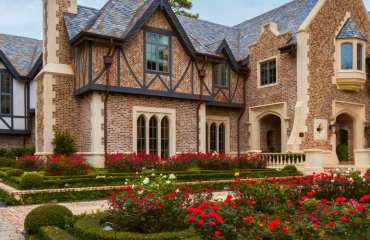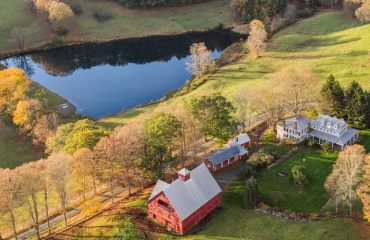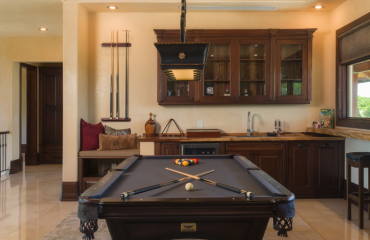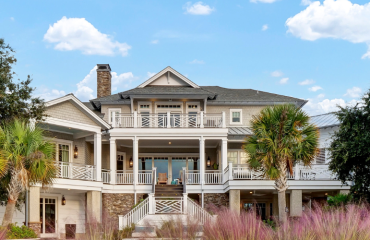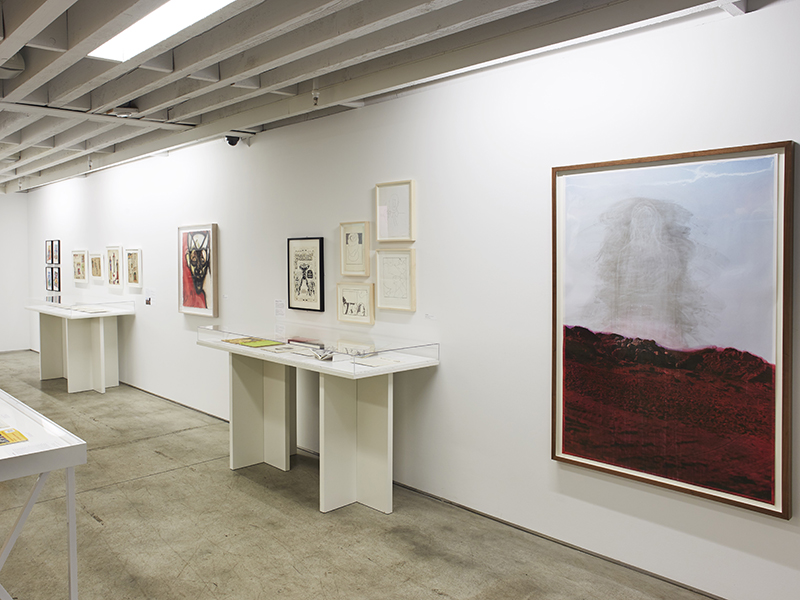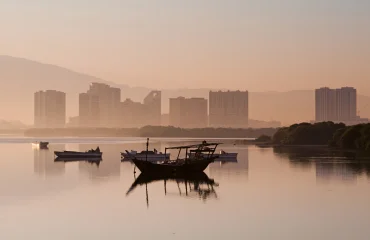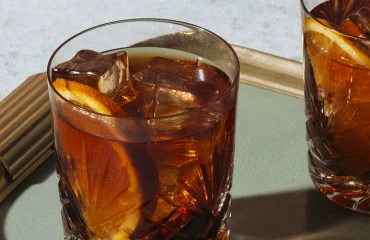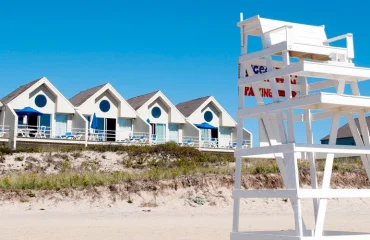New Horizons
Despite being one of New York City’s oldest neighborhoods, Tribeca contains some of its newest and tallest buildings, One World Trade Center being one of the latter. Designed by architectural studio SOM, the skyscraper appears to change shape—from one angle reminiscent of the twin towers structure it replaced, and the other an obelisk recalling the Washington Monument. Fitting seamlessly into the northwest corner of the World Trade Center site, which has been built on reclaimed land from the Hudson River, One World Trade Center forms part of more than 10 million square feet (929,030 sq m) of commercial development that includes a performing arts center, luxury shopping center, transportation hub, and the National September 11 Memorial & Museum.
